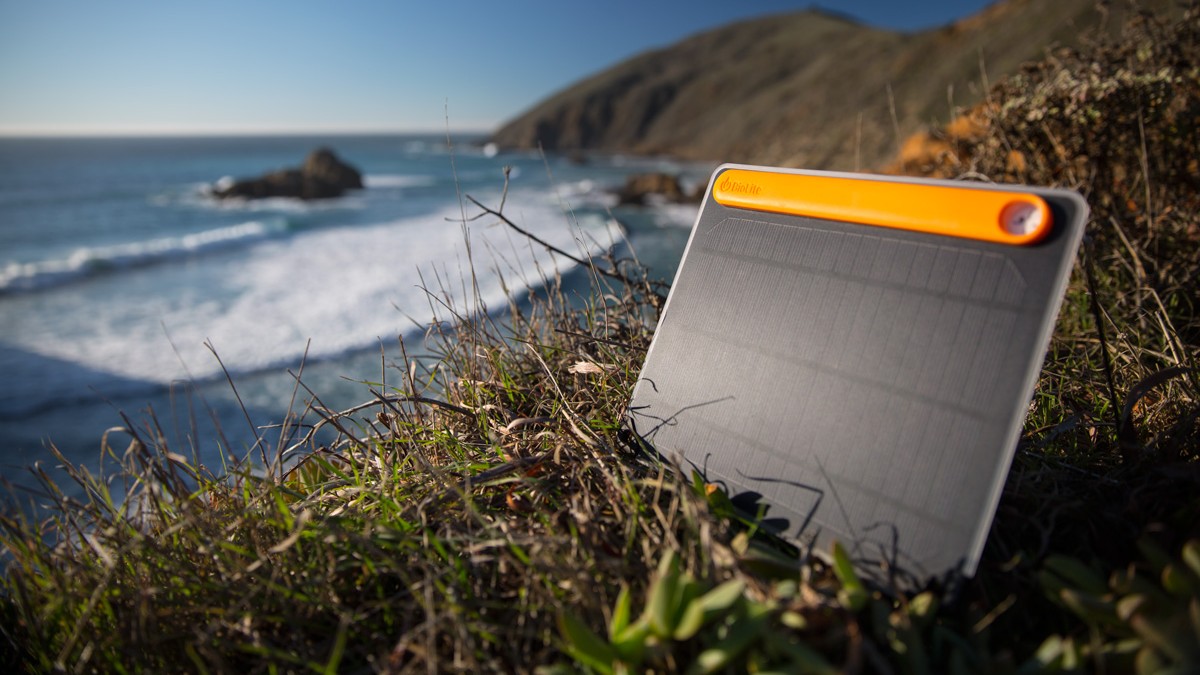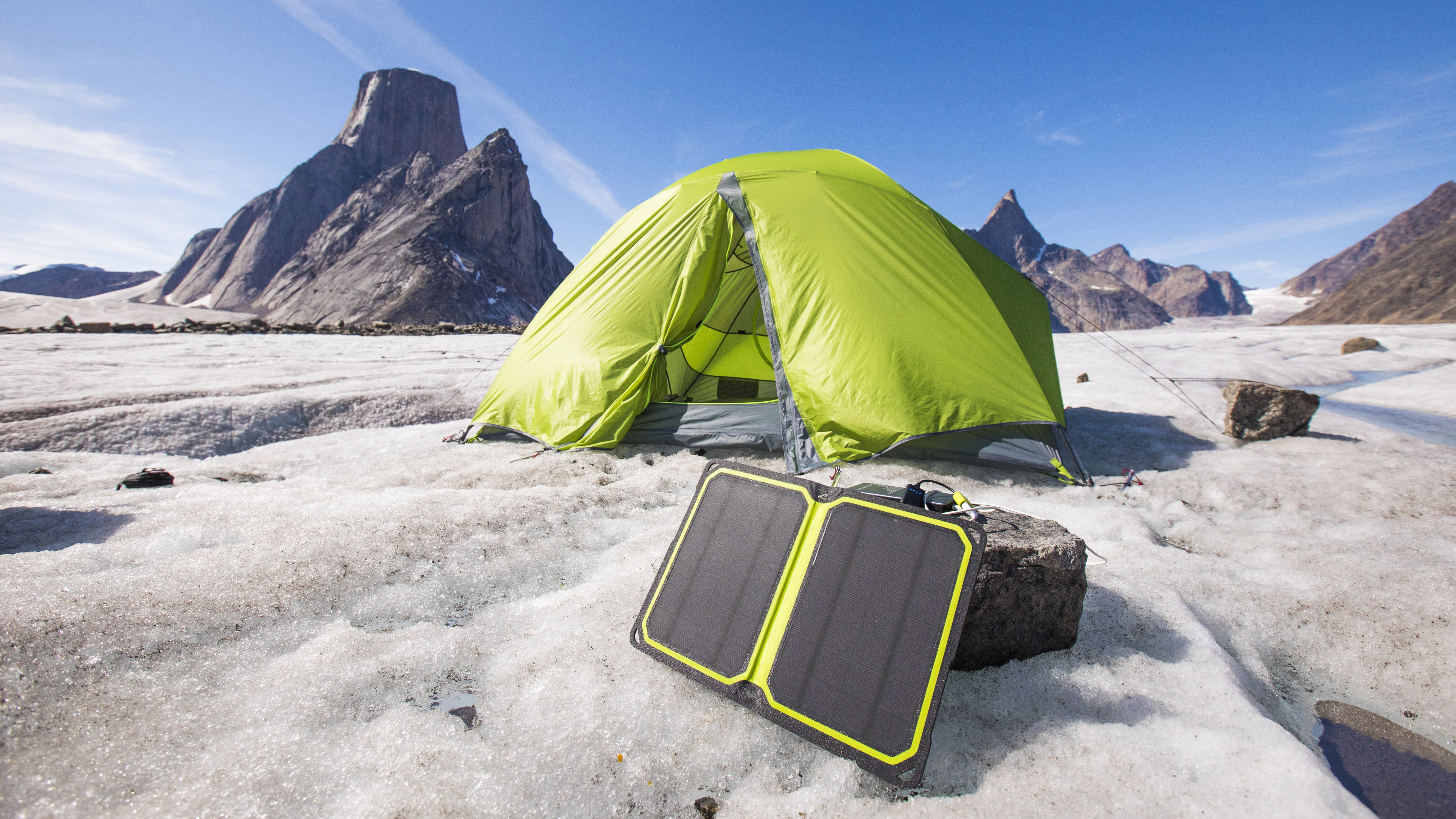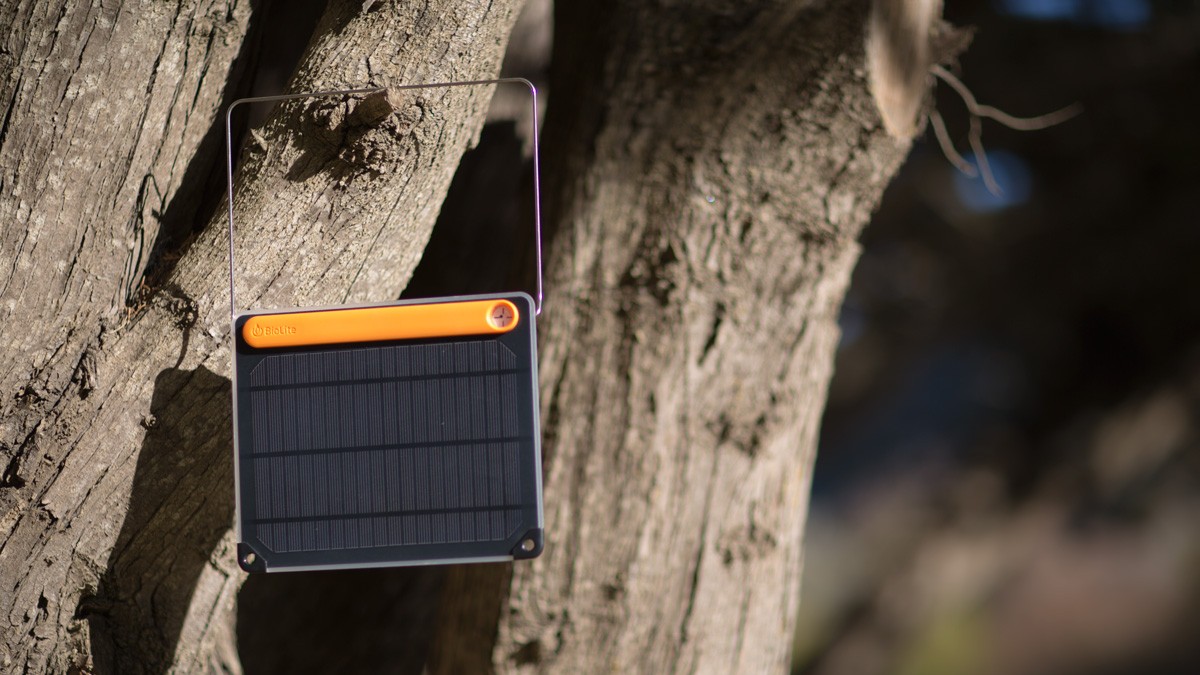Are solar chargers worth it: a useful tool or a flash in the pan gimmick?
Are solar chargers worth it? We delve into this environmentally friendly way of staying juiced up on the trail

Are solar chargers worth it? Harnessing the power of the immense nuclear power reactor that happens to be our nearest star – otherwise known as The Sun – is the holy grail of recharging techniques. It costs nothing, which is always a bonus, and comes guilt free too, as there’s zero environmental impact.
But – there’s always a but, and this is a big fat one – the kit required to catch the sun’s rays is far from free, and it’s not always mega effective, at least not in a format that makes it a viable option for taking out on the trails on human-powered adventures.
Truth is, the best solar chargers on the market at the moment are fine for recharging less demanding devices – but you have to be realistic about how fast your phone and various other outdoor gadgets can be restored to full capacity by a modest-sized solar panel. Especially if your escapade is taking place somewhere not known for reliable sunny weather.

That is not to say that you shouldn’t invest in a portable solar charger unit at all, however. Just be aware of the technology’s limitations and don’t stake everything on keeping things powered up in this way. Also, consider carefully what pieces of your hiking technology you really need to charge and which devices you can keep turned off for much of your adventure, to be kept in reserve for when they’re really required.
Car camping and camper vanning is a different story altogether, though – much more substantial solar-panel systems can be carried in (or on) RVs and other vehicles, and many of these are extremely effective on a much bigger scale.
Solar panels are evolving and improving all the time, and so long as your expectations are realistic, they are a brilliant way of keeping your essential outdoor gadgets juiced up – but there are various things you need to bear in mind when purchasing a charging unit.
Are solar chargers worth it? Power capability
The larger the power output (measured in watts) the better a solar charger will do its job. So, a portable solar power unit that has a power output rated at 100W will charge your devices much quicker than one rated at 60W, which in turn will perform better than one that is rated at 20W. The more panel space you have, the more power you will get, so big units designed for vehicular adventures might offer 60W or 100W, while most lightweight chargers designed for backpackers will be 20W or less. (You can also link up solar panels to increase the power output.) However, it’s important to realise that these figures represent the maximum power output possible from that unit, the actual output will be dependent on environmental conditions at the time (for example, how sunny it is).
Advnture Newsletter
All the latest inspiration, tips and guides to help you plan your next Advnture!
You also need a minimum output current (measured in amps) to charge some devices, and you really want to avoid fluctuations in current, as this can cause problems with the equipment you’re charging. To manage this, good charging units come with charge controllers to ensure consistency of current output, and also sometimes come with a battery, which can be charged up and then used to top up other devices. Sometimes this battery in integrated into the unit.
Are solar chargers worth it? Compatibility
It goes without saying (but we’re going to say it anyway) that if your power source won’t connect to the device you want to charge, it’s not going to be much use. Make sure you check what connection options you are going to have available to you (USB, DC plugs, alligator clips, MC4 etc), and which of your gadgets can be hooked up with them. MC4 adapters are the most common plug option for the majority of solar charging applications.
Are solar chargers worth it? Weight
If you are car camping, then this is much less of a consideration, but for backpackers every ounce of weight needs to be justified, and if a portable charging device weighs more than taking a spare battery or power pack for whatever it is you’re trying to keep alive, then it’s probably not worth taking it. Unless, that is, you’re planning on being off-grid for a really extended period of time.

Are solar chargers worth it? Size
Again, less of an issue for car campers, but another big consideration for backpackers and expeditioners, whether they’re hiking, biking or paddling – there’s only so much bulk you can carry with you on a multiday mission. The more panels you have, the better your power output will be, but you have to carry them around. This can be mitigated with smart design.
Are solar chargers worth it? Design
The design of a solar panel system can be a crucial determining factor in whether it’s a viable piece of kit for you to take on your escapades – for example, some portable solar-powered charging units are specially made to be draped over the back of your pack, soaking up the sun’s rays while you walk along the trail, while others can be folded into a handy box shape that slides under the seat of a vehicle, or into a pannier. Another factor to consider is how the solar panels can be arranged when they’re in use – the performance of any panel is dependent on how well it catches the sun’s energy, so you will want a piece of kit that can be easily set up facing in the right direction, whether it stands independently on legs, or needs to be propped against rocks or hung from a tree.
Are solar chargers worth it? Durability
Solar panels come in three main varieties: Monocrystalline, which are rigid, reliable and the most robust, but can be big and bulky, heavy and pricey; Polycrystalline, which are cheaper but don’t perform as well; and CIGS – flexible solar panels that can be rolled up and bent, making them perfect for use in portable charging units for backpackers and adventurers. The latter need to be looked after carefully, however, and will typically last less time than their Monocrystalline cousins.
Are solar chargers worth it? Cost
As always, you’re going to get what you pay for; if a piece of tech promises the world but is cheaply constructed, it will inevitably fail to deliver and break down pretty fast. Read the user reviews and make a purchase with your eyes wide open. With a fast-moving technology such as solar power, it can be tricky to choose the best time to invest in a piece of kit. Will you be able to get twice as much bang for your buck in 12 months? In all probability, yes things will continue to steadily improve, but if you’re going on an expedition next month, what might be available in a year’s time is pretty much irrelevant. MC4 cables allow strings of solar panels to be rigged up, so good quality older equipment can often still be used in conjunction with newer gear.
The best advice we can give is to buy your charger with enough time to test it out at home before you take it out on the trails or on the road, so you know exactly what its capabilities are. Also, test it out in various conditions, not just on bluebird sun-splattered days, to avoid getting false confidence.
Also, you need to make hay (catch power) when the sun shines – if your devices are all juiced up, but there’s not a cloud in the sky, you don’t want that sun shine to go to waste, so it’s always a good idea to carry a portable power station as well as a solar panel unit if possible, so you can catch and store power for a rainy day.

Author of Caving, Canyoning, Coasteering…, a recently released book about all kinds of outdoor adventures around Britain, Pat has spent 20 years pursuing stories involving boots, bikes, boats, beers and bruises. En route he’s canoed Canada’s Yukon River, climbed Mont Blanc and Kilimanjaro, skied and mountain biked through the Norwegian Alps, run an ultra across the roof of Mauritius, and set short-lived records for trail-running Australia’s highest peaks and New Zealand’s Great Walks. He’s authored walking guides to Devon and Dorset, and once wrote a whole book about Toilets for Lonely Planet. Follow Pat’s escapades on Strava here and Instagram here.
